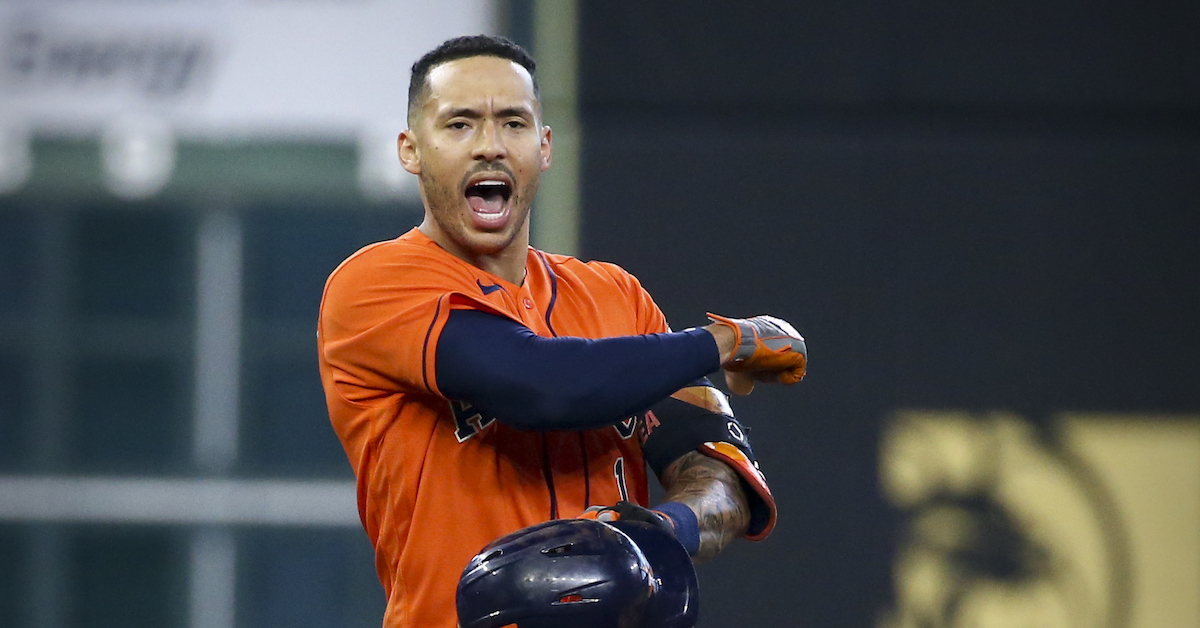Job Title: Minor League Bench Coach – Cleveland Guardians
Primary Purpose
The Cleveland Guardians are currently seeking a Minor League Bench Coach to join the Player Development Department. The main purpose of this position will be to serve as a coach for a Guardians’ Minor League Complex Team and provide support to Guardians’ field staff, coordinators, special assistants, and front office personnel – with an emphasis on implementing player plans, monitoring and reporting on baserunning and defensive progress, and participating in all pre- and post-game work. This position will be located in Arizona or the Dominican Republic.
The ideal candidate will possess a passion for player and personal growth, experience integrating multiple information sources to create and implement player plans, and a thorough understanding of skill acquisition principles. Excellent applicants will demonstrate curiosity, creativity, and a drive to learn new concepts to problem solve. First and foremost, we are looking for great people!
Application deadline for submission: March 22, 2022
Responsibilities & Duties
The Bench Coach will work hand-in-hand with the rest of the coaching staff and coordinator group to provide quality instruction within our current fundamental framework and philosophies.
Domain-Specific Programming & Communication
- Implement programming specific to individual player plans as it relates to your assigned defensive domain(s) and baserunning.
- Document progress within your defensive domain and baserunning.
- Maintain consistent contact with applicable coordinators about the development and plans of each player as it pertains to your defensive domain.
On-Field Work
- Assist in the set-up and coordination of all hitting and defensive activities and related matters with the manager and other staff at the complex.
- Be an on-field resource for duties including but not limited to: throwing batting practice, hitting fungos, managing cage routines, throwing with pitchers, and other on-field activities as they relate to the development or rehabilitation of Guardians players.
- Coach first/third base as needed with emphasis on reinforcing organizational baserunning philosophy.
Game Preparation & Reflection
- Communicate with other staff on planning and executing game-review meetings and reflecting on game play. Help players reflect on their game play.
- Assist the Manager in any and all administrative duties as it relates to running a successful minor league team – including but not limited to daily schedules and educational initiatives.
Education & Experience Requirements and Preference
The Cleveland Guardians are committed to developing and maintaining an environment that embraces all forms of diversity to enrich our core values, enhance our competitive position, strengthen our impact within our community, and foster a greater sense of belonging for our employees.
In this spirit, we know studies have shown that people from historically underserved groups – including women and people of color – are less likely to apply for jobs unless they believe they meet every one of the qualifications as described in a job description. We are most interested in finding the best candidate for the job and understand that candidate may bring certain skills and experiences to the role that are not listed above, but that would add tremendous value to our organization. We would encourage you to apply, even if you don’t believe you meet every one of our qualifications described.
Minimum of two years related experience and/or training required. Previous experience with a Major or Minor League Baseball organization or collegiate baseball program is preferred.
- Candidate is willing to potentially work at one of our developmental complexes in either Arizona or the Dominican Republic.
- Ability to communicate effectively with a wide range of people and backgrounds.
- Interest in personal and professional development with a desire to be involved in internal continuing education opportunities.
- Proficiency in Microsoft Office including Word, Excel, PowerPoint, Office and Outlook.
Preferred Experience
We are looking for a variety of skill sets. If you have demonstrated experience with any of the following, you may be who we are looking for to join our team.
- Fluency in Spanish is a plus but not required.
- Proficiency in SQL is a plus but not required.
- Strength & conditioning experience.
Organizational Requirements
- All applicants for employment with the Cleveland Guardians will need to comply with the Cleveland Guardians Vaccination Policy as a condition of employment. Potential candidates for employment will be notified of the requirements of this policy prior to the start of employment.
- Reads, speaks, comprehends, and communicates English effectively in all communications.
- Represents the Cleveland Guardians in a positive fashion to all business partners and the general public.
- Ability to develop and maintain successful working relationship with members of the Front Office.
- Ability to act according to the organizational values and service excellence at all times.
- Ability to work with diverse populations and have a demonstrated commitment to social justice.
- Ability to walk, sit or stand for an entire shift.
- Ability to work extended days and hours, including holidays and weekends.
- Ability to move throughout all areas and levels of the Ballpark.
- Ability to work in a diverse and changing environment.
To Apply:
To apply, please follow this link.
The content in this posting was created and provided solely by the Cleveland Guardians.





